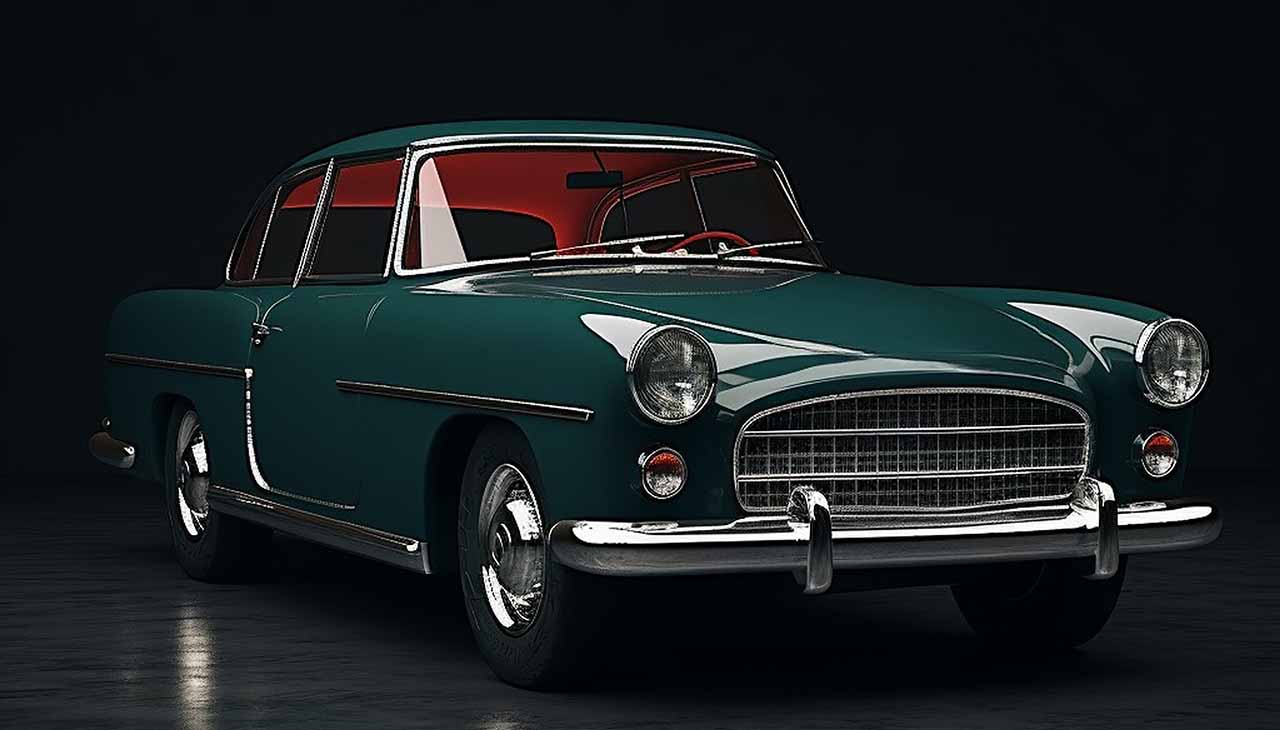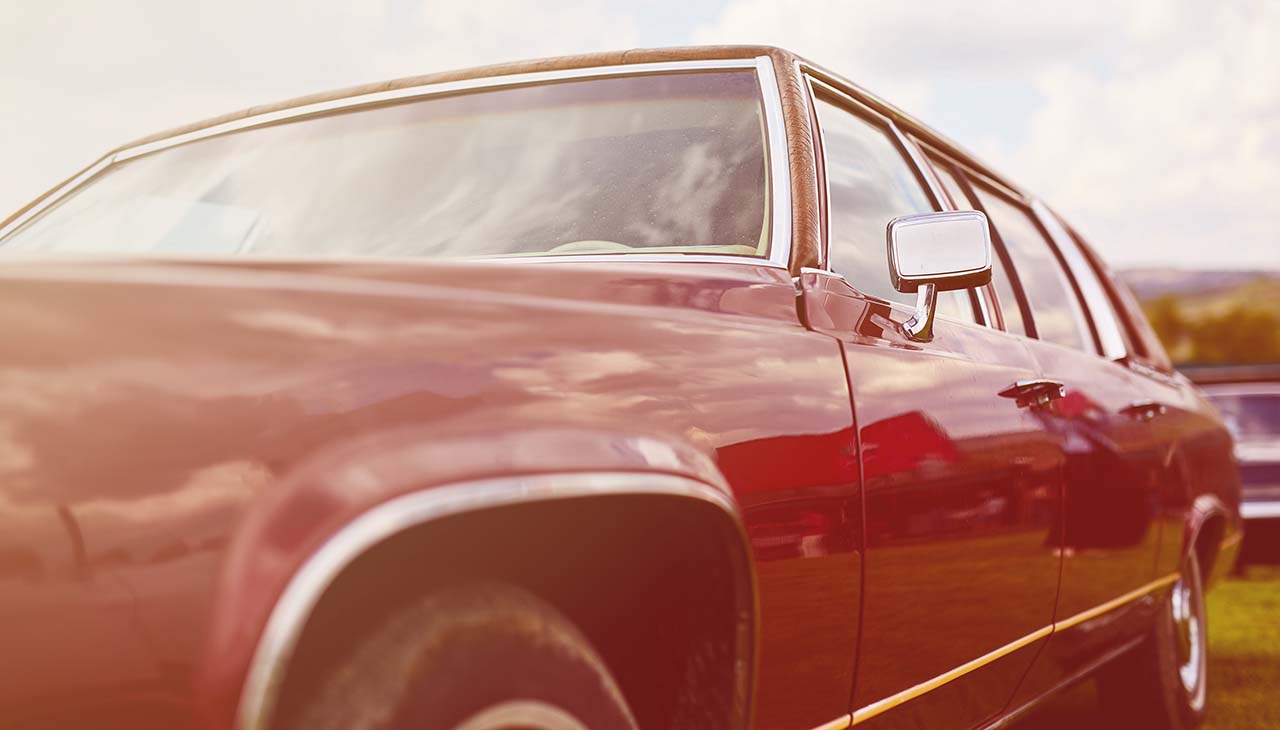
Reviving Vintage Rides Bringing Your Classic Car Back to Life
Restoring a classic car is more than just a project; it’s a labor of love that connects you with the past. For car enthusiasts and vintage car owners, bringing a vintage vehicle back to life is a rewarding experience that blends nostalgia, craftsmanship, and personal satisfaction. In this blog post, we’ll explore the exciting world of classic car restoration, covering everything from the why to the how, and share practical tips and inspiring examples to guide you on your restoration journey.
Introduction to Classic Car Restoration The Passion and the Process
Classic car restoration isn’t just about fixing up an old vehicle; it’s about preserving a piece of history. Whether you’re a seasoned car enthusiast or a proud owner of a vintage vehicle, the process of restoration can be both challenging and immensely satisfying. In this section, we’ll introduce you to the passion behind classic car restoration and outline the steps involved in bringing your vintage vehicle back to its former glory.
Restoring a classic car involves meticulous planning, attention to detail, and a deep appreciation for automotive history. From evaluating the condition of the vehicle to sourcing genuine parts and performing delicate repairs, each step requires skill and dedication. But the end result—a beautifully restored classic car—is worth every effort.
For many, the appeal of classic car restoration lies in the joy of working with their hands and the pride of seeing a project through to completion. It’s a way to connect with the past and relive the golden age of automobiles.
Why Restore a Classic Car Nostalgia, Investment, and Personal Satisfaction
Restoring a classic car offers a unique blend of benefits that go beyond the mere act of repairing an old vehicle. In this section, we’ll explore the three main reasons why people choose to restore classic cars—nostalgia, investment, and personal satisfaction.
Nostalgia
For many classic car owners, the decision to restore a vintage vehicle is driven by a deep sense of nostalgia. These cars often hold cherished memories from the past, whether it’s a family heirloom, a car they admired in their youth, or a model that represents a bygone era. Restoring a classic car allows owners to relive those memories and preserve a piece of history.
Investment
Classic cars can also be a lucrative investment. Well-restored vintage vehicles often appreciate in value over time, making them a smart investment for collectors and enthusiasts. By restoring a classic car, you not only get to enjoy the process and the final product, but you may also see a significant return on your investment in the future.
Personal Satisfaction
The personal satisfaction that comes from restoring a classic car cannot be overstated. The sense of accomplishment and pride in transforming a neglected vehicle into a showpiece is incredibly rewarding. For many, the process itself is a form of therapy, providing a creative outlet and a sense of purpose.
Steps in Classic Car Restoration Planning, Evaluation, Disassembly, Restoration, Reassembly, and Final Touches
Restoring a classic car is a complex process that involves several key steps. In this section, we’ll break down the stages of classic car restoration, from planning and evaluation to disassembly, restoration, reassembly, and final touches.
Planning
The first step in any classic car restoration project is careful planning. This involves setting a budget, creating a timeline, and outlining the scope of the restoration. It’s essential to have a clear vision of the final product and a realistic understanding of the work involved.
Evaluation
Once the planning is complete, the next step is to evaluate the condition of the vehicle. This includes a thorough inspection of the body, engine, chassis, and interior. Identifying areas that need repair or replacement is crucial for creating an effective restoration plan.
Disassembly
With the evaluation complete, it’s time to disassemble the vehicle. This involves removing all major components, including the engine, transmission, and interior. Properly labeling and organizing parts during disassembly is essential for a smooth reassembly process.
Restoration
The restoration phase involves repairing or replacing damaged components, restoring the bodywork, and refurbishing the interior. This step requires a high level of skill and attention to detail, as it involves tasks such as metalwork, painting, and upholstery.
Reassembly
After the restoration work is complete, it’s time to reassemble the vehicle. This involves carefully reinstalling all components, ensuring that everything is properly aligned and functioning as intended. Patience and precision are key during this stage.
Final Touches
The final touches bring the restoration project to a close. This includes fine-tuning the engine, detailing the interior and exterior, and addressing any remaining issues. The goal is to ensure that the restored classic car looks and performs like new.
Tools and Equipment You Need for DIY Restoration
Restoring a classic car requires a range of specialized tools and equipment. In this section, we’ll outline the essential tools you’ll need for a DIY restoration project, from basic hand tools to advanced machinery.
Basic Hand Tools
A good set of basic hand tools is essential for any restoration project. This includes wrenches, screwdrivers, pliers, and sockets. High-quality tools are a worthwhile investment, as they will make the restoration process easier and more efficient.
Power Tools
Power tools such as drills, grinders, and sanders are invaluable for tasks like rust removal, metal fabrication, and bodywork. These tools can significantly speed up the restoration process and help achieve professional-quality results.
Specialized Equipment
Certain aspects of classic car restoration require specialized equipment. This can include a hydraulic lift for accessing the underside of the vehicle, a paint sprayer for achieving a flawless finish, and an engine hoist for removing and reinstalling the engine. Investing in or renting these tools can make a significant difference in the quality of your restoration.
Common Challenges in Classic Car Restoration and How to Overcome Them
Restoring a classic car is not without its challenges. In this section, we’ll discuss some of the most common hurdles you may encounter during a restoration project and provide practical tips for overcoming them.
Rust and Corrosion
One of the most common issues in classic car restoration is dealing with rust and corrosion. To address this, it’s important to thoroughly inspect the vehicle for any signs of rust and take appropriate measures to remove and treat affected areas. Using rust converters, primers, and protective coatings can help prevent future rust formation.
Sourcing Genuine Parts
Finding genuine, high-quality parts for classic cars can be a significant challenge. To overcome this, consider joining online forums and communities dedicated to classic car restoration. These platforms can provide valuable resources and connections for sourcing rare parts. Additionally, attending car shows and swap meets can help you find the parts you need.
Technical Expertise
Restoring a classic car requires a certain level of technical expertise. If you’re new to restoration, consider taking courses or seeking guidance from experienced restorers. Building your skills and knowledge will help you tackle more complex tasks with confidence.
Tips for Finding Genuine Parts and Quality Service Providers
Sourcing genuine parts and finding reliable service providers are crucial aspects of classic car restoration. In this section, we’ll share tips for locating authentic parts and choosing trustworthy professionals to assist with your restoration project.
Online Marketplaces
Online marketplaces like eBay, Craigslist, and specialty websites dedicated to classic car parts can be valuable resources for finding genuine components. Be sure to verify the authenticity and condition of parts before making a purchase.
Join Car Clubs
Joining classic car clubs and online communities can provide access to a network of fellow enthusiasts who may have spare parts or know where to find them. These groups often have forums, classified ads, and events where you can connect with other restorers.
Research Service Providers
When it comes to finding quality service providers, such as mechanics, body shops, and upholstery specialists, it’s essential to do your research. Check online reviews, ask for recommendations from fellow enthusiasts, and visit potential service providers to assess their expertise and facilities.
Case Studies Successful Classic Car Restoration Projects
Learning from the experiences of others can provide valuable insights and inspiration for your own restoration project. In this section, we’ll showcase a few successful classic car restoration projects, highlighting the challenges faced and the strategies used to overcome them.
1967 Ford Mustang Fastback
John, a classic car enthusiast, successfully restored a 1967 Ford Mustang Fastback. He faced challenges such as extensive rust damage and sourcing rare parts. By joining online forums and attending car shows, John was able to find the necessary components and connect with experts who provided valuable advice. His dedication and attention to detail resulted in a stunning, fully restored Mustang.
1955 Chevrolet Bel Air
Sarah’s restoration of a 1955 Chevrolet Bel Air involved significant bodywork and engine repairs. She enrolled in a local auto restoration course to build her skills and confidence. By documenting her progress and seeking guidance from instructors, Sarah transformed her Bel Air into a show-worthy classic car.
1971 Jaguar E-Type
Mark, a vintage car collector, took on the challenge of restoring a 1971 Jaguar E-Type. He faced difficulties in finding authentic parts and dealing with intricate mechanical issues. Mark collaborated with local experts and invested in specialized tools to ensure the restoration was completed to the highest standards. The result was a beautiful and meticulously restored Jaguar E-Type.
The Future of Classic Car Restoration Trends and Innovations
The world of classic car restoration is continuously evolving, with new trends and innovations shaping the industry. In this section, we’ll explore the future of classic car restoration and the exciting developments that lie ahead.
Sustainable Restoration
Sustainable restoration practices are gaining traction, with a focus on using eco-friendly materials and processes. This includes sourcing recycled and sustainable parts, using water-based paints, and implementing energy-efficient restoration techniques.
Digital Tools and Technology
Advancements in digital tools and technology are revolutionizing classic car restoration. 3D scanning and printing technology allow for the creation of precise replicas of rare parts, making it easier to source and replace components. Additionally, virtual reality (VR) and augmented reality (AR) applications are being used to visualize and plan restoration projects.
Electric Conversions
Electric conversions are becoming increasingly popular among classic car restorers. Converting vintage vehicles to electric power not only reduces their environmental impact but also enhances performance and reliability. This trend is paving the way for a new era of classic car restoration that combines nostalgia with modern technology.
Conclusion Reviving History, Building Memories, and Preserving the Legacy of Classic Cars
Restoring a classic car is a rewarding and fulfilling endeavor that allows you to connect with automotive history and create lasting memories. By following the steps outlined in this guide, you can bring your vintage vehicle back to life and enjoy the countless benefits of classic car restoration.
Whether you’re driven by nostalgia, investment potential, or personal satisfaction, the process of restoring a classic car offers a unique blend of challenges and rewards. As you embark on your restoration journey, remember to stay patient, dedicated, and open to learning new skills.
For those looking to take their restoration projects to the next level, consider exploring further resources and connecting with the classic car community. Together, we can preserve the legacy of classic cars and ensure that these timeless treasures continue to inspire future generations.
Ready to start your classic car restoration project? Sign up for our newsletter and gain access to exclusive tips, resources, and community events. Join us in celebrating the art and passion of classic car restoration!

